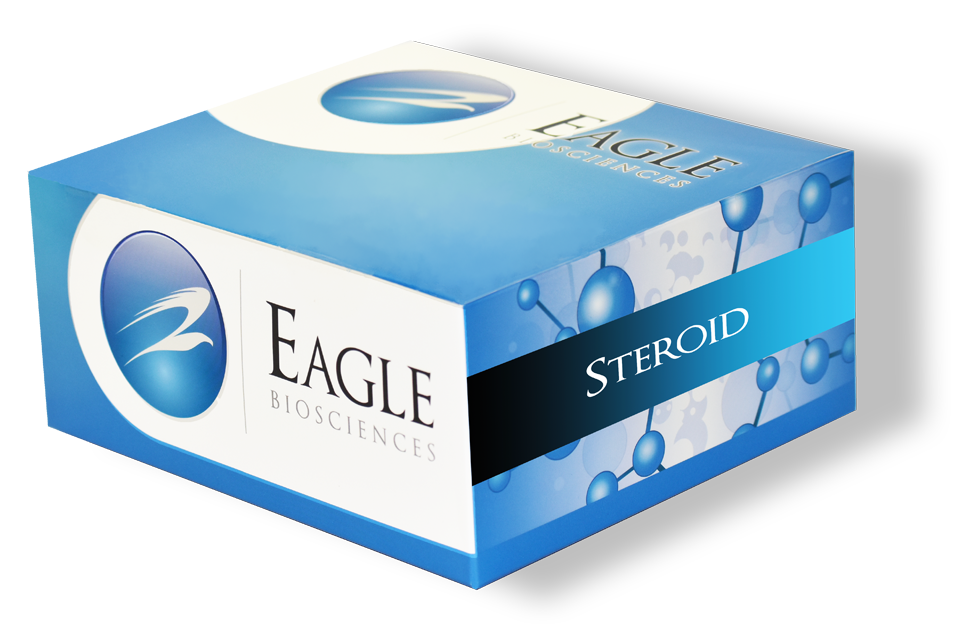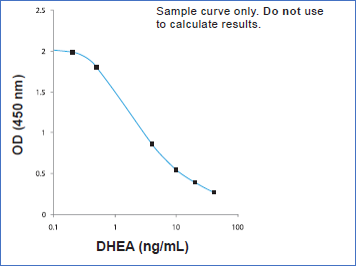Dehydroepiandrosterone (DHEA) is an endogenous steroid hormone synthesized mainly in the adrenal glands, with additional production in the gonads and brain. It functions as a metabolic precursor to both androgens and estrogens, making it vital for hormonal balance and reproductive health. DHEA levels are highest in early adulthood and progressively decline with age, positioning it as a useful biomarker for aging, adrenal function, and stress-related physiological changes. In clinical and research contexts, DHEA is commonly measured in serum, saliva, or urine to evaluate adrenal insufficiency, investigate metabolic disorders, and monitor neuroendocrine and immune-related conditions. Its involvement in cardiovascular health, neuroprotection, and immune modulation has broadened its relevance across multiple fields of medicine.
Research has explored the potential therapeutic role of DHEA supplementation in a variety of conditions, including cognitive decline, depression, osteoporosis, infertility, and autoimmune diseases. Some studies have shown that DHEA may enhance insulin sensitivity and lipid metabolism, suggesting its utility in treating metabolic syndrome. Additionally, its role in mood regulation and brain function has led to its investigation in neuropsychiatric disorders such as schizophrenia and major depression. However, while preliminary findings are promising, further research is needed to determine safe dosing regimens, long-term effects, and patient-specific benefits in different clinical scenarios.
The DHEA ELISA provides a quantitative means to assess circulating DHEA levels in biological samples. This competitive immunoassay utilizes a limited number of antibody binding sites on microplate wells, where DHEA from standards, controls, or samples competes with an enzyme-labeled antigen (HRP conjugate). After unbound components are removed, a colorimetric reaction using the TMB substrate develops an inversely proportional signal to the DHEA concentration. Following a stop solution, absorbance is measured at 450 nm, and the DHEA concentration is determined via a standard curve. This method supports accurate assessment of DHEA for diagnostic, therapeutic, and research applications across endocrine, metabolic, and neuroimmune domains.
This product is manufactured in USA by Eagle Biosciences.


